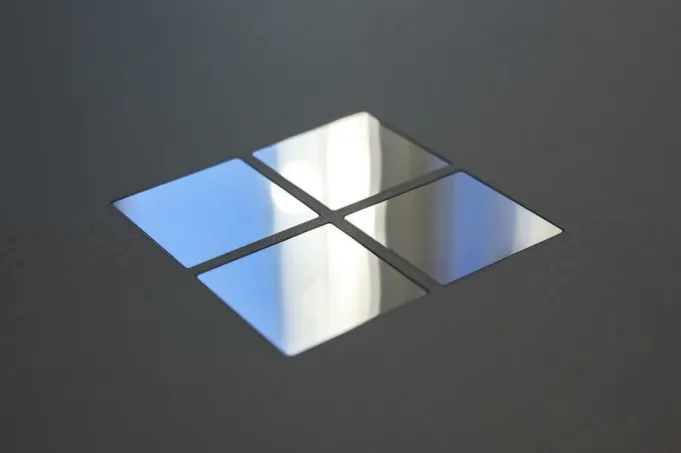The technology firm Microsoft have been at the forefront of innovation for decades. From computers to the cloud to other areas, Microsoft have often excelled.
Their Windows operating system continues to dominate the consumer PC market, whilst their Office suite of applications is colossal.
And yet there was one area that Microsoft always – surprisingly – struggled with. That was phones. Despite trying various times and with various different models, Microsoft could never quite crack the phone market.
With Microsoft clearly having no signs of re-entering the market, we take a look at 3 key reasons behind their failure.
Microsoft Phones: A Brief History
The mobile phone market was an exciting area to enter around the turn of the century. In 2000, consumers were starting to purchase phones regularly. Therefore, it made sense for Microsoft to try and enter the market.
In 2000, the first phone under the Windows Mobile name, was released. Many features that were available on the Windows PC operating system, like web browsing and media playing, was available.
Over the following years, Microsoft released many other phones. Their peak came in 2007, when they held 42% of the US market. They were also able to make some international sales too.
However, Microsoft were unable to sustain this success. The stability of Nokia, along with the emergence of Blackberry phones and ongoing popularity of other brands like Samsung and Sony Ericsson, were all factors in this.
Then, Microsoft were unable to compete as the clattering hooves of Google and Apple came storming past, complete with their Android and iOS operating systems respectively.
Microsoft attempted a revamp of their mobile division. In 2010, they launched the Windows Phone 7, which they hoped would propel them back to the top of the market.
A firm feature for Microsoft was their efforts to integrate their mobile operating system with Windows. Their phones were supposed to accompany and potentially even replace, Windows laptops.
Microsoft partnered with Nokia, with the Lumia range of phones proving popular. But despite these efforts, by 2016 the firm had just 1% market share. They eventually wrote off $7.6billion in losses. The decision to close the phone wing of Microsoft was made in late 2017.
1. Competition
Despite Microsoft being involved in the phone market for almost two decades, the company were unable to remain ahead of the competition.
They controlled the market in 2007, but from there went downhill. They were unable to compete when Google and Apple joined the market, which saw the smartphone era come into life.
Google’s Android operating system has since dominated the market. Apple’s iOS also has a large user base. These two have dominated, leaving Microsoft in the lurch.
2. Lack of Applications
One of the main reasons behind the smartphone boom was that applications and websites that were previously only available on computers or laptops were now available for phones.
This meant users changed to smartphones. App developers chose between Google’s Play Store or Apple’s AppStore. Microsoft’s app store had a paltry range of applications that users could download.
As a result there wasn’t much interest in Microsoft phones. Their operating system was seen as out of date, not suitable for app users and generally away from the tried and tested Google and Apple models.
3. Windows 8 Disaster
In something that resembled a “Hail Mary“, Windows hoped to use their new Windows 8 operating system for desktops, phones and tablets. On paper iit was an excellent idea, but the move ended up being disatrous.
Windows 8 was plagued with issues and didn’t achieve its aim. Phones didn’t seem to adjust well, and while the seamless syncing between laptop and smartphone was helpful, the overall package was not.
Windows 10 arrived soon after, but by then, the damage was done. As was mentioned earlier, Google and Apple by this point had such a stranglehold on the market, that even after Windows 8 was aborted, the phone market was impossible to perforate.
The Takeaway
Due to the huge resources at Microsoft’s disposal, and a desire to compete, it is not possible to rule out a return to the market at some point.
But for now, it seems that Microsoft are out of the mobile phone market. Google and Apple have a total stranglehold on the market, and attempting to penetrate it again will be difficult.
On the plus side, Microsoft does have much to cheer about in other areas of their business. Good times are surely ahead for the company.















































